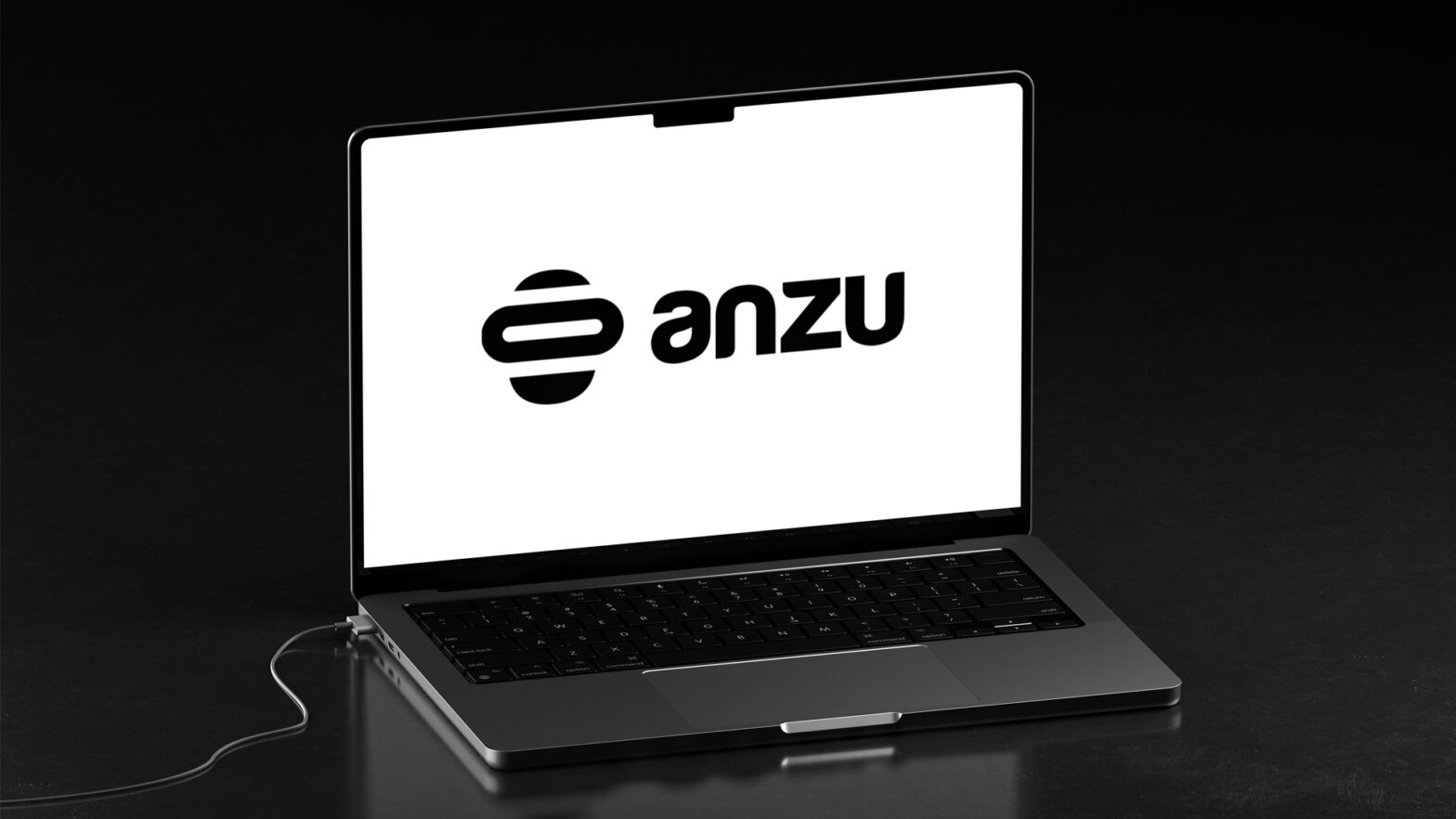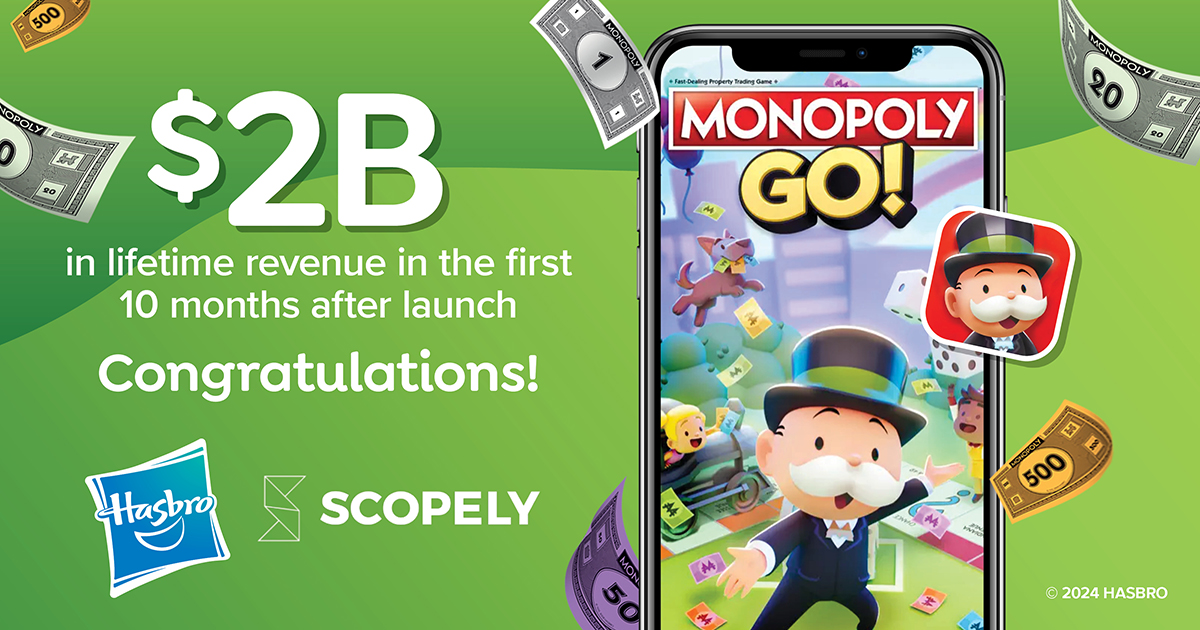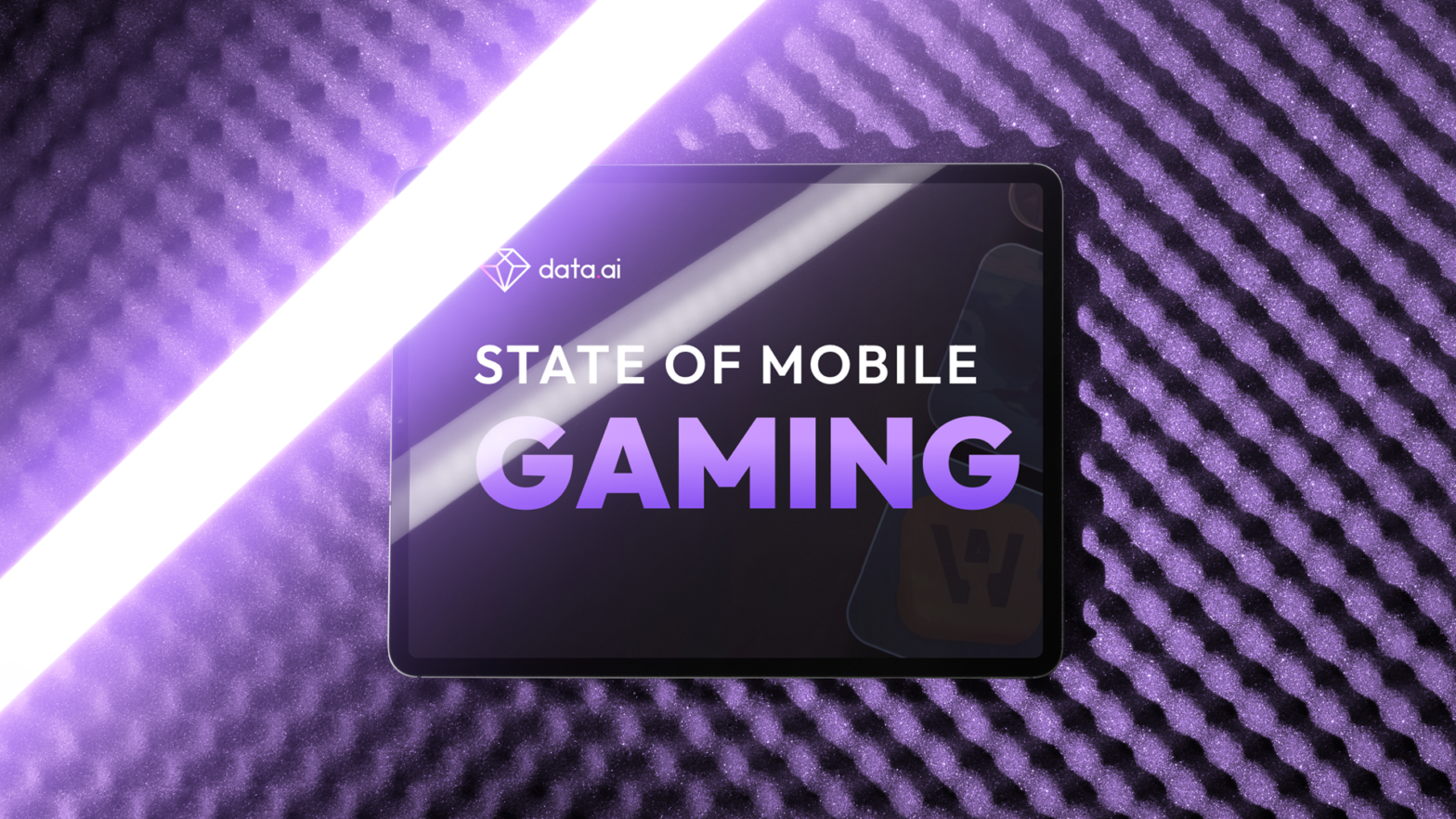When it comes to understanding the potential success of your prototype, market testing is the best way to accurately measure a user’s reception to your game. Coda has shared a useful article.
Most rapid market testing is conducted on social media platforms such as Instagram and Facebook, as they allow you to test the marketability of your game in both an economic and efficient way.
The types of campaigns or tests on these platforms can range from tracking traffic to engagement, and from them you can calculate important KPIs such as Click-through-rate (CTR) and Cost-per-install (CPI). A CPI or a CTR test are two different types of tests and both have pros and cons worth considering for your particular stage of development.
CTR Tests
CTR tests are run as Traffic campaigns, where you create a Facebook Test measuring the amount of clicks your ad receives against your total traffic. To calculate the CTR, you simply divide your impressions by the number of clicks you received.
The huge benefit to developers with CTR tests is that they allow you to get a very early capture of your game’s potential marketability, with merely a short gameplay video or imagery. This means that you don’t need to create an App-Store-approved prototype, potentially saving you valuable time in your development process should the concept perform negatively.
So if you don’t have a prototype available on the store, CTR tests are the easiest way to see early marketability. However, they can also have their limitations.
CTR results do not alway correlate to the potential CPI of your game, as you can only see metrics related to clicks but not installs. Ad optimization executed by FB are also based on the campaign goal, so your audience is targeted towards people who often click on Facebook ads rather than people who would install a game.

CPI Tests
Cost-per-install or CPI test campaigns are used to calculate how much you have to pay for every user that installs your game. This test differs from CTR tests because they are optimized to target audiences who install applications and tend to give a more in-depth analysis of the performance of your game.
For example from a CPI test, you are able to calculate both the CTR and IPM and the results to be more reliable, since you can measure the actual cost per install. So if it gives a more in-depth analysis, why doesn’t every developer choose to conduct a CPI test over a CTR test?
Well, unlike CTR tests, to run a CPI test you must have a functioning app on the Appstore with Facebook’s SDK integration implemented. For those developers looking to conduct rapid market testing, this can sometimes be too big a commitment when it’s undetermined whether a concept is worth investing more time into.
The Verdict
Deciding which test campaign to run will depend on where you are currently in your development stage.
If you’re in the early stages of testing and are deciding on which mechanic or art style to go with, CTR testing is an effective way to compare without the commitment of building a prototype. If however you are prototype testing and deciding upon the mechanics or game experience, we recommend CPI testing that will be able to give a more in-depth analysis of the potential of your app.
988













 5 minutes
5 minutes







 2 minutes
2 minutes

